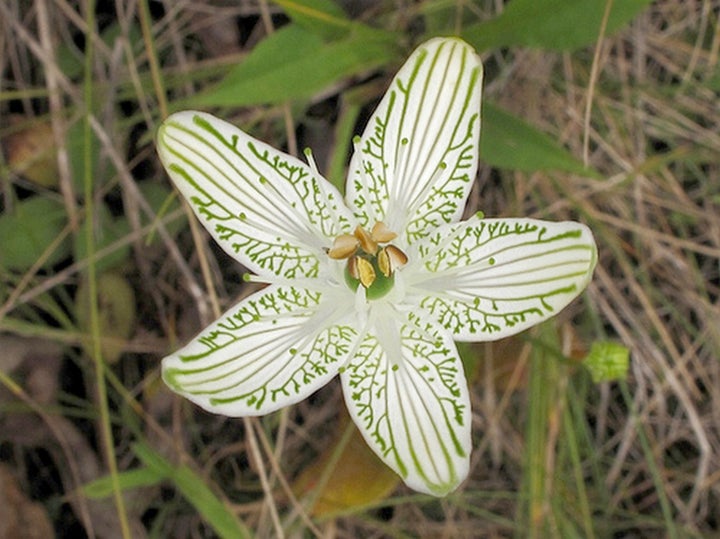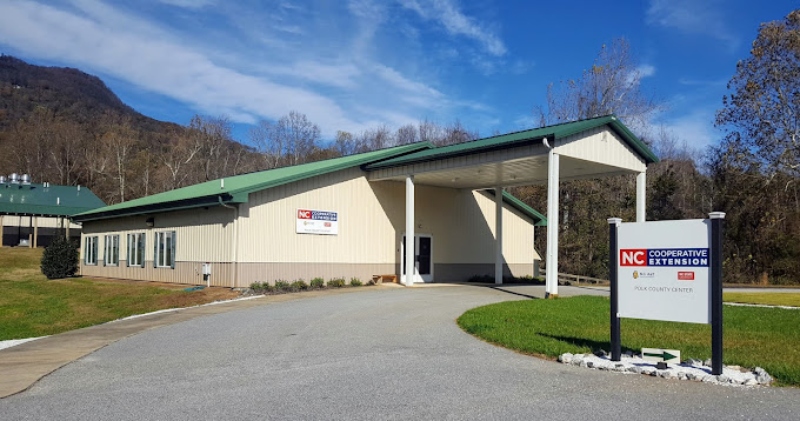Polk County’s Most Wanted—Plant
Published 10:00 pm Sunday, September 7, 2014

In a joint effort to expand the knowledge and understanding of the flora and fauna of Polk County, the Pacolet Area Conservancy (PAC) and botanist, David Campbell need help in locating this month’s “Most Wanted-Plant,” Largeleaf Grass of Parnassus (Parnassia grandifolia).
First, Largeleaf Grass of Parnassus is not a species of Grass at all; it is a member of the Parnassiaceae family of flowering plants. There are over one dozen species of Parnassia known to science, and they are mostly distributed within areas to the north of our region. However, three species of this beautiful group are known from North Carolina, and all are uncommon to rare. Parnassia are wetland plants, preferring seepages, bogs, or streamside situations (in our area at least). Additionally, these plants prefer sunny areas, or openings within more wooded areas that admit a good deal of light.
There are two species of Parnassia that could potentially be encountered in our area: Kidneyleaf Grass of Parnassus (Parnassia asarifolia) and this months “Most Wanted,” Largeleaf Grass of Parnassus (Parnassia grandifolia), with the latter being the most likely as it favors the type of soils that are common in Polk County. Both species are very similar in appearance and, to the layperson, would be difficult to distinguish. Therefore, if you see any species of Parnassia, please do not hesitate to contact the PAC; any Parnassia is a good find.
The flowers of Grass of Parnassus are very beautiful and distinctive, with the inflorescence (a cluster of flowers arising from the main stem) being \ held above the low-growing leaves on long scapes (stems) that give the appearance of the flowers “hovering” above the ground when viewed from a distance. The flower petals are a waxy white, and are adorned with fine, distinct green lines. Flower petals open wide to allow pollination by small insects that inhabit the same wet areas where Parnassia grows. Largeleaf Grass of Parnassus typically flowers from late August into October in western North Carolina, so now is the time to search for these truly lovely wetland denizens.
If you think that you have seen this species, or know where it might be located, please contact PAC at 828-859-5060, or e-mail comments, questions, or photos to, landprotection@pacolet.org.
The purpose of this project is to gain a better understanding of the flora and fauna in Polk County and document the species present in the county.
PAC is a 501(c)(3) non-profit conservation organization (land trust) founded in 1989 to protect and conserve natural resources with emphasis on the lands and waterways with scenic, ecological, and agricultural significance in the North Pacolet and Green River watersheds (PACs mission). PAC works with area landowners to ensure the long-term protection of their property through voluntary conservation easements (agreements) which enable landowners to maintain ownership of their property, preserving precious natural resources (open lands, forests, wildlife habitat, scenic vistas, farmland, stream banks, etc.), and potentially obtain significant federal, state, and local tax benefits. PACs vision is a community living and growing in harmony with our natural resources and or goal is to provide a legacy that will endure and be valued by generations to come. PAC works diligently to provide leadership to encourage conservation and provide education programs emphasizing native species appreciation and responsible land use practices to help – save the places you love.
-article written
by David Campbell





